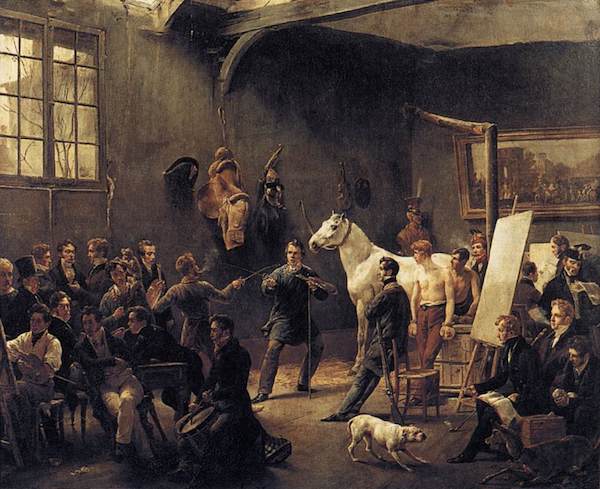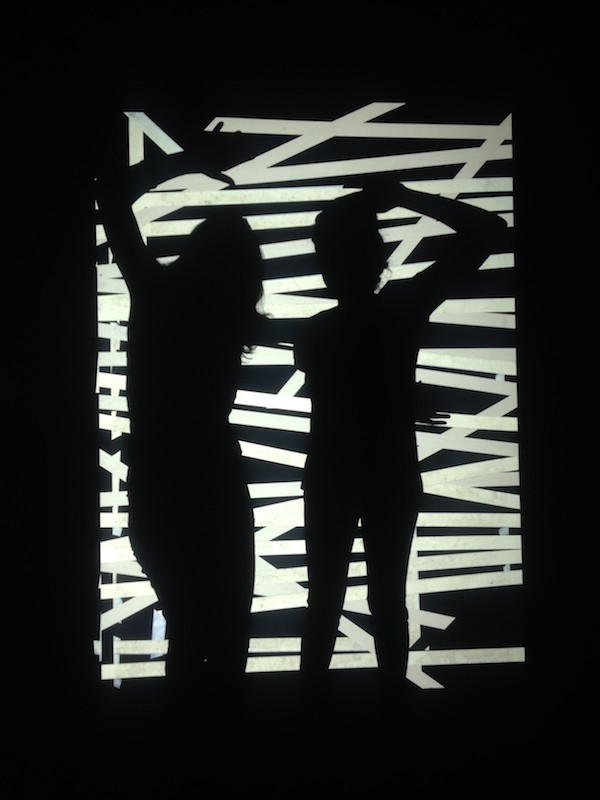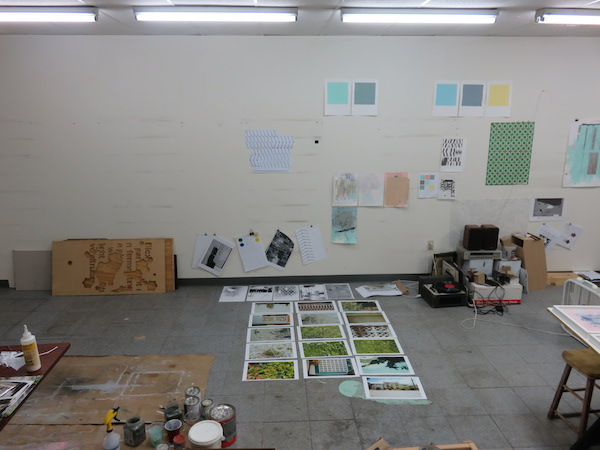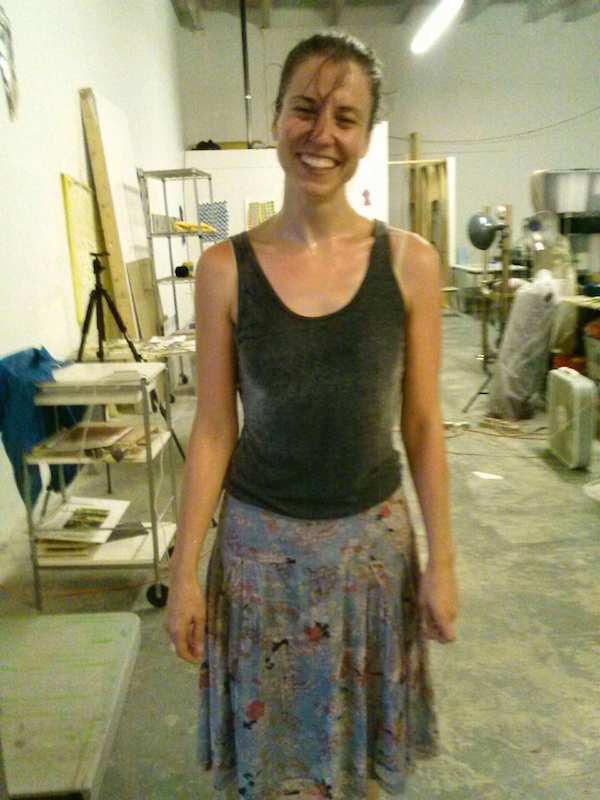
Studio visiting with the Knight Curatorial Fellow
By Elizabeth Shannon, Bass Museum of Art
Possibly the best part of being the Bass Museum’s Knight Curatorial Fellow has been the opportunity to get to know Miami’s art community. Along with attending exhibitions, talks and other events, one of the most important ways to get to know what’s going on in a place is by doing studio visits with local and visiting artists. Luckily Miami’s artists and arts professionals are extremely welcoming, and no one looked appalled when I asked if I could visit them in their studio. However, when I first started working on exhibitions, the idea of doing a studio visit struck fear into my heart.
For those who have never undertaken a studio visit, the task is pretty straight-forward: you go and see an artist in their studio to look at and talk about their work. I initially assumed that this deceptively simple arrangement cunningly disguised an event that would be the worst possible mix of awkward first date and job interview. Fortunately, I was wrong.
Studio visiting in Ye Olden Days. Fortunately this is not an accurate reflection of studio visits conducted in Miami in 2014. Image via Wiki Commons of a painting (public domain) by Horace Vernet, The Artist’s Studio, c. 1820, oil on canvas.
Like any type of social interaction, a studio visit can be a little awkward, even if you know the artist quite well. Since I had not conducted serious studio visits for some time, I approached the prospect of extensive studio visiting during my fellowship with some nervousness, as well as excitement. To settle my nerves, I talked to friends and colleagues about how they ran their studio visits. They revealed an astonishing range of approaches, from ‘fast-and-focused’ to a much more languid model. Since I was not visiting artists with a particular curatorial project in mind, my approach tended to be pretty relaxed and general — I was primarily interested in hearing the artists talk about their work, their interests, and themselves. My visits tended to consist of looking at objects or films, and talking about ideas. Occasionally I got to experience an artist’s new work, such as Jillian Mayer’s recent pieces, which sprang from her interest in selfie culture, and ‘delete’ the presence of the person posing in front of them when they are photographed.

Auriel Garza (the Bass Museum’s Art Table summer intern extraordinaire) and I striking our best poses in front of Jillian Mayer’s newest works, 2014. Photo: Jillian Mayer
So far I haven’t had any studio visits that I would class as ‘unsuccessful’, possibly because I like to talk, about pretty much any subject. This can sometimes lead to rather discursive chats, but approaching things from a tangent can also lead to interesting discoveries. Adler Guerrier and I uncovered a mutual love of photobooks and the writer Chester Himes through a discussion on a wide range of subjects during a studio visit.

Interior of Adler Guerrier’s studio. Photo: Adler Guerrier
Sometimes studio visiting in Miami can be a bit problematic — and not because of the person concerned: getting stuck in a huge rainstorm while attempting to locate Marcos Valella’s studio is a case in point. Fortunately, after I’d wrung myself out in the studio bathroom, Marcos still kindly showed me his work, and discussed his ideas and influences.

Rainstorms in Miami can be pretty intense. Make sure you always have a towel to hand, or know an artist who will let you wring out your clothes in their bathroom. Photo: Marcos Valella
The need for proper wet-weather-gear aside, studio visiting is a crucial way of getting to know an artist and developing an understanding of their practice, sometimes leading to the serendipitous discovery of exciting and inspiring work and ideas. The relationships forged through these encounters can be crucial to the development of both parties, making studio visiting a tremendously important activity for curators and artists.
Recent Content
-
Artsarticle ·
-
Artsarticle ·
-
Artsarticle ·

